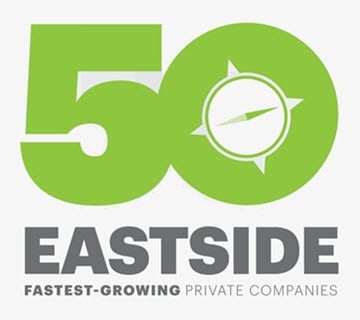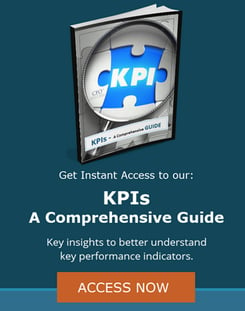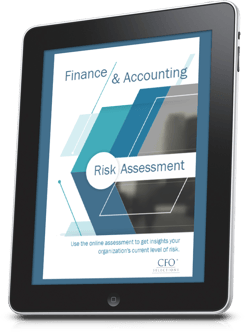 With government assistance waning, business owners are evaluating other ways to improve cash flow.
With government assistance waning, business owners are evaluating other ways to improve cash flow.
Since slow-paying clients are one of the biggest killers of cash flow, some companies choose to sell their invoices to recoup some of that missing revenue more quickly. This strategy, known as invoice factoring, is a way for companies to get an infusion of cash from the products they have already sold or services they have already performed from a third-party that is willing to advance them the funds before customers pay.
Alternatively, companies that do not want to sell their invoices, and may not want, or can’t, pursue a line of credit with a traditional business bank, can borrow money against their invoices from a specialty lender. This strategy, known as invoice financing, not only improves cash flow but can also serve as a means of borrowing for businesses that cannot readily obtain other lines of credit.
Each strategy has differences to consider. Find out more about invoice factoring and invoice financing to determine which approach is right for your business.
Factoring
With invoice factoring, you sell your invoices to a factoring company that charges a fee for their services. After they review your invoice documentation and check your customers’ credit, they will advance you a portion (typically 70-90%) of the funds in the amount of your invoices.
Companies with NET-30, NET-60, or NET-90 payment terms will see an immediate improvement in cash flow because they can typically get paid for these invoices in a matter of days instead of months. In fact, some factors can offer payment in as little as 24 hours, offering help to businesses that need cash for payroll or inventory. For businesses with significant outstanding invoices, this can provide a huge cash influx.
Factoring allows companies to offer attractive payment terms to customers without having to delay cash flow to do so. Otherwise, these companies might be forced to shorten their payment terms, costing them customers that may go elsewhere to get more advantageous terms. In this respect, factoring can not only improve cash flow but may also increase your customer base.
Some industries utilize factoring more heavily than others, but any B2B company that meets the criteria can use a factor’s services. Factoring is regularly used in the trucking, transportation, construction, and apparel industries as well as manufacturing and distribution. Regardless of industry, factoring may be an appealing strategy for new businesses that do not yet have a credit history to lean on, businesses that have previously been denied a bank loan or declared bankruptcy, businesses facing recent business losses, or showing a negative net worth, or highly leveraged businesses.
Factoring can either be done in lieu of traditional financing or in addition to financing. However, using factoring instead of financing keeps debt off your books, which may be important to a company for a wide variety of reasons. Unfortunately, factoring is more costly than traditional financing, putting it out of reach for some businesses.
Invoice Financing
Invoice financing is an asset-based loan, which is less expensive than factoring. Hard asset lenders will typically offer other alternative funding solutions like invoice financing to offer businesses a way to improve their cash flow outside of normal borrowing channels, which is good news for companies that do not want more or cannot readily obtain traditional funding.
With invoice financing you can borrow up to a set percentage of your accounts receivable, using your current invoices as collateral against the loan. To get approval for invoice financing, the company’s credit history and credit score need to meet certain criteria. The owner’s credit report will likely be examined as part of the application process as well.
Being able to obtain financing to keep operations running while waiting for customers on credit to pay, improves short-term business liquidity to keep business operations on track. It can also provide the cash needed to fund long-term growth plans.
This method of financing can be accomplished in several different ways, including invoice discounting. When discounting is used, the business collects payments from their customers directly and then pays the lender accordingly. Many business owners prefer this approach because it allows them to retain control over the customer relationship. Furthermore, it conceals the fact that the business is utilizing this style of lending, potentially improving the company’s credibility.
Looking for additional ways to improve your cash flow? Find out more about cash flow management best practices to put together an actionable plan.






